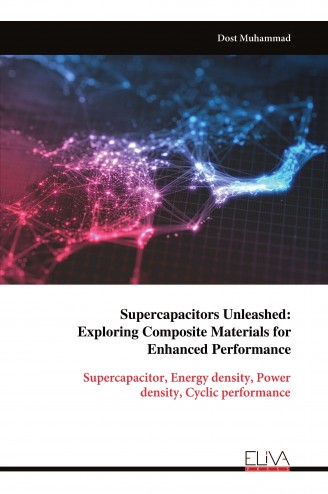Descripción
Sulfide-based oxide composite supercapacitors represent a promising avenue for advancing energy storage technologies. The combination of sulfides and oxides can lead to higher energy densities compared to individual components, as both materials contribute to charge storage. Sulfides typically have higher electrical conductivity than many metal oxides, which can enhance the overall conductivity of the composite. The interaction between sulfides and oxides can create a synergistic effect, improving the electrochemical performance through enhanced charge transfer and ion diffusion. Many sulfide and oxide materials are abundant and inexpensive, making them suitable for large-scale applications. By leveraging the unique properties of both sulfides and metal oxides, researchers aim to develop high-performance supercapacitors that meet the growing demands for efficient and sustainable energy storage solutions. Utilizing sulfide-based oxide composites in asymmetric configurations to achieve higher voltage windows and energy densities. Combining sulfide-based oxides with conductive materials (e.g., carbon nanotubes, graphene) to further improve conductivity and mechanical stability. Research has focused on creating nanostructured sulfide/oxide composites to maximize surface area and enhance electrochemical performance. Further research and development are essential to address existing challenges like stability, electrolyte compatability, fabrication complexity and optimize these composite materials for practical applications.

